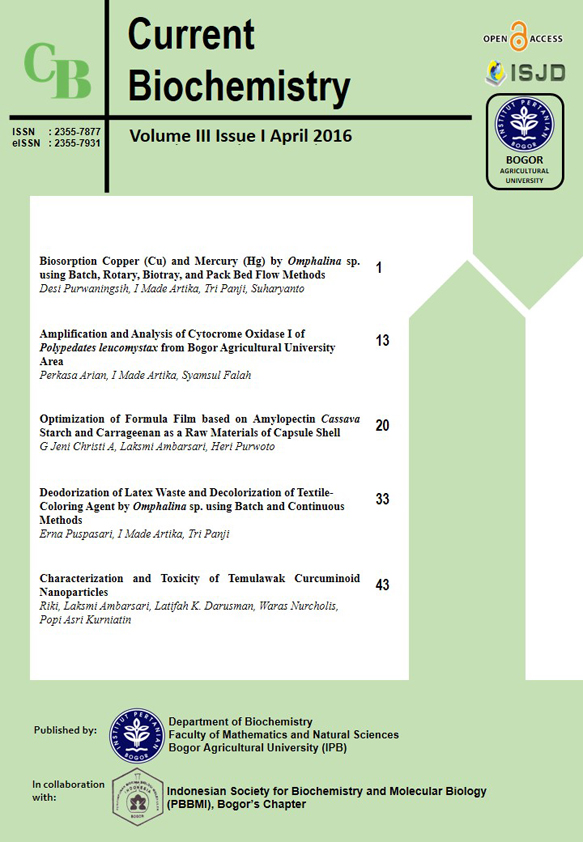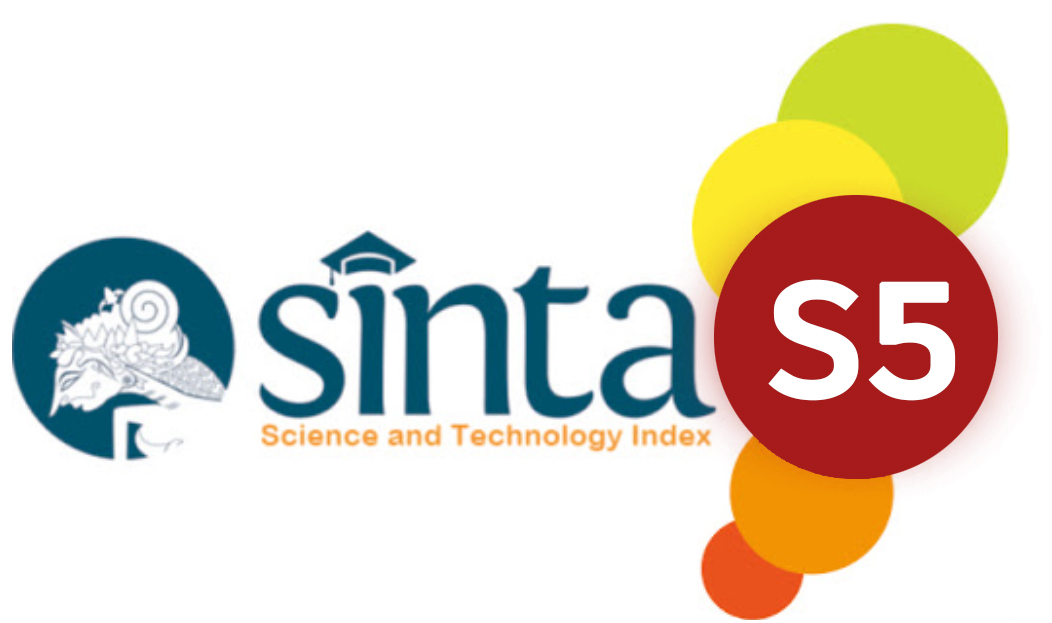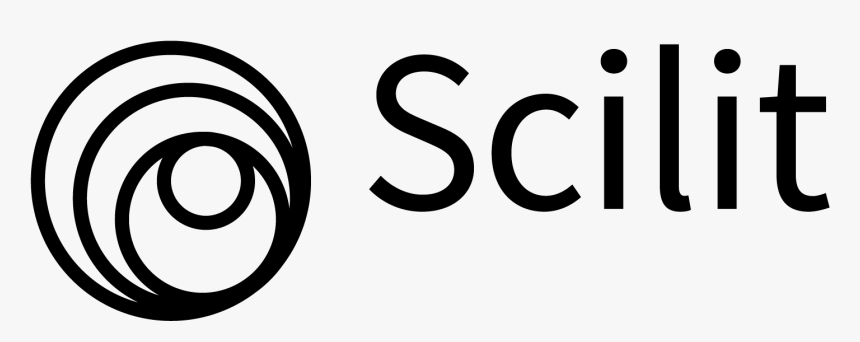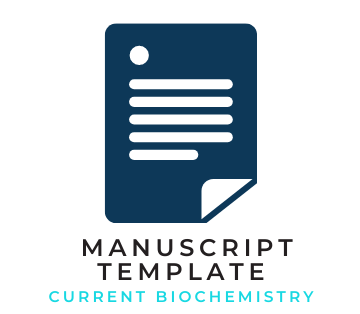Biosorption Copper (Cu) and Mercury (Hg) by <i>Omphalina</i> sp. using Batch, Rotary, Biotray, and Pack Bed Flow Methods
Abstract
Heavy metal waste treatment often uses dangerous chemicals. Omphalina sp is a nonpathogenic fungi that can be used to reduce the harmful effects of waste treatment. The use of fungal biomass has advantages such as low operating costs, efficient, and high metal binding capacity, minimal sludge, metals can be recovered, biosorbent can be regenerated, raw materials available easily, can use inactivated microorganism, and does not require additional nutrients. In the present study optimization of the biomass utilization for waste water treatment was conducted by comparing batch, rotary, packbed flow, and biotray methods. Results showed that Omphalina sp can reduce mercury level up to 91.38% with rotary, 83.98% with biotray, 87.14% with pack bed flow, and 31.94% with batch methods respectively from initial Hg concentration of 3 ppm. Similarly, Omphalina sp can reduce copper level up to 23.58% with rotary, 22.66% with biotray, 10.53% with pack bed flow, 10.17% with batch methods respectively from initial Cu concentration of 100 ppm. Optimum absorption Hg and Cu occurs in the first one hour.
References
Abbas SH, Ismail IM, Mostafa TM, Sulaymon AH. 2014. Biosorption of heavy metals. Journal of Chemical Science and Technology. 3(4): 74-102.
Akar T, Tunali S. 2006. Biosorption characteristic of Aspergillus flavus biomass for removal of Pb (II) ions from an aqueous solution. Bioesource Technology. 97: 1780-1787. Doi: 10.1016/j.biortech.2005.09.009.
Chen B, Wang Y, Hu D. 2010. Biosorption and biodegradation of polycyclic aromatic hydrocarbons in aqueous solutions by a consortium of white rot fungi. Journal of Hazardous Materials. 179: 845-851. Doi: 10.1016/j.jhazmat.2010.03.082.
Das N, Vimala R, Karthika P. 2008. Biosorption of heavy metals. Indian J Biotechnology. 7 : 159-169.
Javaid A, Bajwa R, Shafique U, Anwar J. 2011. Removal of heavy metals by adsorption on Pleurotus ostreatus. Biomass and Bioenergy. 35: 167-1682. Doi: 10.1016/jbiombioe.2010.12.035.
Kumar R, Bhatia D, Singh R, Rani S, Bishnoi NR. 2011. Sorption of heavy metals from electroplating effluent using immobilized biomass Trichoderma viride in a continuous packed bed column. International Biodeterioration and Biodegradation. (65):1133-1139.
Lestari T.2010. Faktor-faktor yang berhubungan dengan keracunan Merkuri (Hg) pada penambangan emas tanpa ijin (PETI) di kecamatan Kurun, kabupaten Gunung Mas, Kalimantan Tengah [Tesis]. Semarang (ID): Universitas Diponegoro.
Mitic-stojanovic D, Zarubica A, Purenovic M, Bojic D, Andjelkovic T, Bojic ALj. 2011. Biosorptive removal of Pb2+, Cd2+, and Zn2+ ions from water by Lagenaria vulgaris shell. AJOL. 37(30): 303-312. ISSN 0378-4738. Doi.org/10.4314/wsa.v37i3.68481.
Said NI. 2010. Metode penghilangan logam merkuri di dalam air limbah industri. JAI. 6(1):11-23.
Say R, Yilmaz N, Denizli A. 2007. Biosorption of cadmium, lead, mercury, and arsenic ions by the fungus Penicillium purpurogenum. Separation Science and Technology. 38(9): 2039-2053. Doi:10.1081/ss-120020133.
Soeprijanto, Aryanto B, Fabella R. 2007. Biosorpsi ion logam berat Cu (II) dalam larutan menggunakan biomassa Phanerochaete chrysoporium. Jurnal Ilmiah Sains dan Teknologi. 6(1):61-67.
Suharyanto, Tri P, Richana R, Zainudin A. 2014. Amobilisasi jamur pelapuk putih dengan tandan kosong kelapa sawit untuk bio-konsentrasi tembaga dan merkuri terlarut dalam limbah tailing pertambangan [Laporan Hasil Kegiatan]. Bogor (ID): PPBBI.
Suprihatin, Erik A. 2009. Biosorpsi logam Cu (II) dan Cr (VI) pada limbah elektroplating dengan menggunakan biomassa Phanerochaete chrysosporium. Jurnal Teknik Kimia. 4(1):250-254.
Takey M, Shaikh T, Mane N, Majumder DR. 2014. Bioremidiation of xenobiotics: use of dead fungal biomass as biosorbent. IJRET. 3(1): 565-570.
Victor M, Juan F, Maria ET, Ismail AR. 2012. Biosorption of mercury (II) from aqueous solutionsonto fungal biomass. Bioinorganic Chemistry and Applications. 1-5. Doi: 10.1155/2012/156190.
Yulianto B, Ario R, Triono A. 2006. Daya serap rimput laut (Gracilaria sp) terhadap logam berat tembaga (Cu) sebagai biovilter. Ilmu Kelautan. 11(2): 72-78.
Yun-guo L, Ting F, Guang-ming Z, Xin L, Qing T, Fei Y, Ming Z, Wei-hua X, Yu-e H. 2006. Removal of cadmium and zinc ions from aqueous solution by living Aspergillus niger. Trans. Nonferrous Met. Soc. China. 16:681-686.













